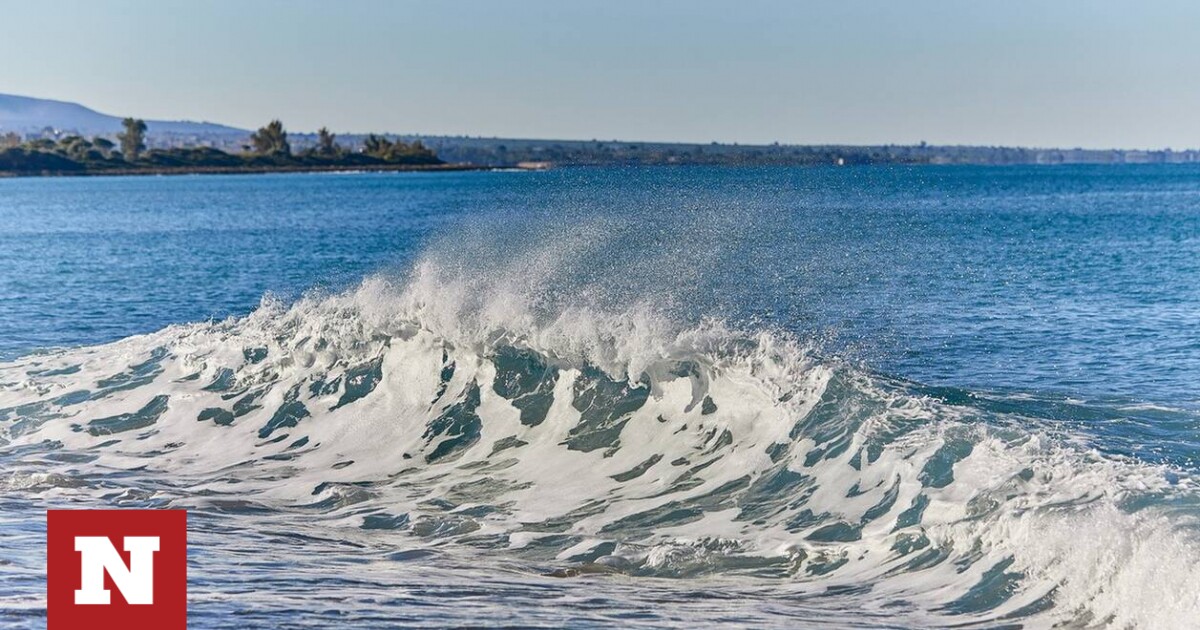
The tragic list of drownings in Greek waters is growing.
He fainted and was dragged out A 32-year-old foreigner from the sea area in front of the main pier in the port of Neos Marmaras in Halkidiki.
The 32-year-old was given first aid with cardiopulmonary resuscitation by an officer of the port authority and was then taken by EKAV ambulance to the Agios Nikolaos health center where he was pronounced dead.
The body will be taken to Diavat’s Forensic and Toxicology Laboratory for an autopsy. A preliminary investigation is being conducted by the 3rd Port Department of Neos Marmaras.
Measures to prevent drowning
Instructions on how to swim safely and not drown.
prevention
To prevent suffocation, take the following precautions:
- Attend organized swimming lessons.
- Always swim with company and under the supervision of a lifeguard.
- Children should always be supervised by an adult near water.
- Swim 3 hours after eating.
- Do not jump in suddenly and do not stay in cold water for a long time.
- Do not stray from shallow areas. He swam parallel to the shore.
- Don’t overestimate or project your strengths onto others.
- Do not play dangerous games that endanger the personal safety or security of others.
- If someone is in danger and you cannot help, notify a lifeguard.
- Follow the safety instructions of the spa facility.
- If you are visiting the spa area for the first time, learn about its dangers from the locals.
- If you are swept out by the current, swim parallel to shore and return to shore perpendicularly.
Rescue
To save someone in danger, follow one of the following methods:
1. Rescue by voice. He sat on the edge of the land and guided the victim to swim to land. You can tell him: “Stamp your feet, lift your head, and swim to land.”
2. Joint extension recovery. Lie down on the floor and hold onto his arm or leg. Give him verbal instructions to grab it and pull it out.
3. Throw an object and save. Throw the victim a rope, a rescue bag (a bag with a rope that unwinds when thrown towards the victim), a life ring, a ball, a personal flotation device, a spare tire from your car, etc. After grabbing the flotation aid, encourage the victim. Keep his head above the surface of the water and kick his legs until he reaches land.
4. Water recovery. Walk through the water to where you step. Extend your hand or an object (eg, tree, life jacket) to the victim. Give him verbal instructions to catch it. Pull him out.
5. Rescue by watercraft. Using a flotation device ensures a quick approach and safe/calm return to the victim if you know how to use it. Speed boat, jet ski, rowing boat, canoe, rescue board, inflatable sea mattress can be used.
6. Swim out and use a life preserver to recover. Before entering the water, take a buoyancy aid with you. Access buoyancy aid without contact with the victim. Aid can be anything that floats (eg life preserver, ball, personal flotation device) or ensures a safe distance between you and the victim (eg shirt, umbrella, piece of wood).
7. Recovery through direct physical contact. It is a very difficult and demanding recovery technique. This should only be done by trained personnel. The rescuer approaches the victim from behind to avoid possible entanglement. He grabs the victim’s shoulder and waist and makes him horizontal, so that his body “lies” on the surface of the water and it is easy to carry him. Use the pull-and-pull type by the victim’s jaw (with one or both hands), armpit (with both hands), chest, clothing, or wrist. Pull him to safety. If he is conscious, encourage him properly. If his body sinks, level him and continue to pull. If he is not breathing, if you can, blow into his nose and give him artificial respiration.
Top 4 Safe Routes for Untrained Rescuers The “Golden Rule of Safety” states that the life of the rescuer is more important than the life of the victim. If he is in danger for any reason (eg waves, currents, long distance from land, etc.), he should not attempt to rescue.
Maintenance
A drowning victim may require additional care after recovery.
- If he is not breathing, it is necessary to call an ambulance and provide basic life support (cardiopulmonary resuscitation, resuscitation), which can provide defibrillation and advanced life support (when the ambulance arrives).
- If he breathes, he will need psychological support to overcome the fear.
- If it is cold, cover it with something warm.
- If he is worried about his personal belongings, his next of kin should be found and notified.

. “Professional creator. Subtly charming web advocate. Unapologetic problem solver. Devoted student.”





More Stories
Acrylic vs. Must-Have Acrylic Brushes for Perfect Nail Art
Technological Advancements in Tortoise Tracking and Monitoring
Criminal gang in Mykonos encouraged women into prostitution – how they set up romantic dates